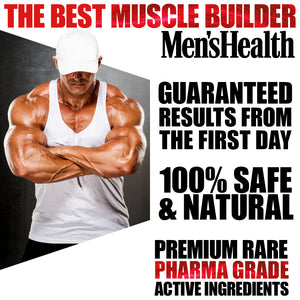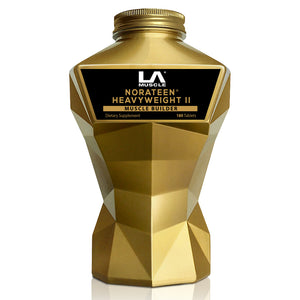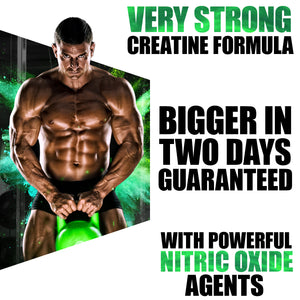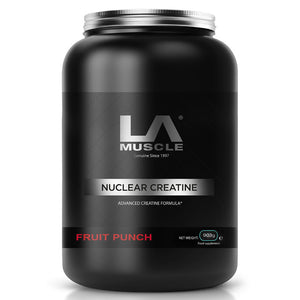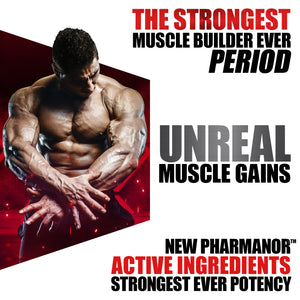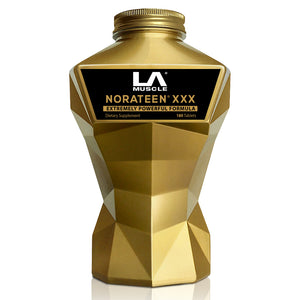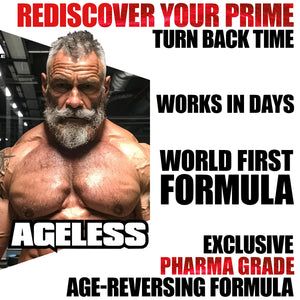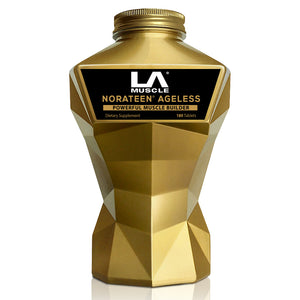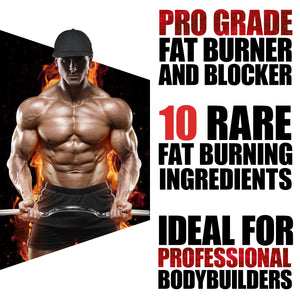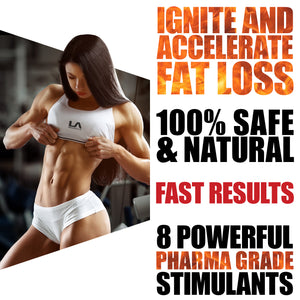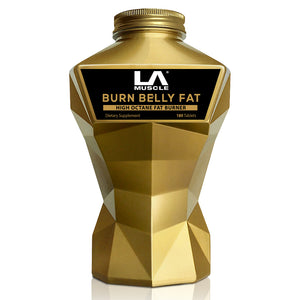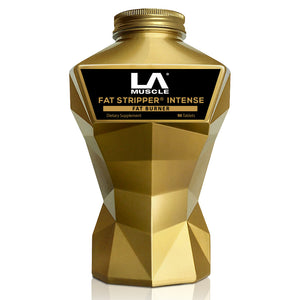
As we age, our physical capabilities can change, but the desire to maintain strength and fitness doesn't have to wane. Building muscle after 50 is not just possible; it's also a great way to boost health, increase longevity, and improve quality of life. Here's an extensive guide on how to achieve this with key strategies including consistent gym attendance, progressive overload, and an effective workout plan incorporating supersets.
Understanding Muscle Growth Over 50
Before diving into the specifics, it's essential to understand how aging impacts muscle growth. After 50, the body experiences a natural decline in muscle mass and strength, a process known as sarcopenia. Additionally, recovery times may be longer, and the risk of injury slightly higher. However, with the right approach, these challenges can be managed effectively.
Benefits of Building Muscle After 50
Building muscle at this age can help:
- Enhance metabolic rate
- Improve bone density
- Reduce the risk of chronic diseases such as diabetes and heart disease
- Boost cognitive function
- Increase mobility and balance, reducing the risk of falls
Key Principles for Muscle Building After 50
1. Consistency is Key
The foundation of any successful fitness regimen, especially for those over 50, is regularity. Consistently going to the gym:
- Helps establish a routine
- Aids in gradual and sustainable muscle growth
- Minimises the effects of muscle atrophy due to age
Aim to visit the gym at least three times a week, ensuring a balance between workout days and rest days to allow for recovery.
2. Focus on Progressive Overload
The principle of progressive overload is crucial for muscle growth at any age. This involves gradually increasing the weight, frequency, or number of repetitions in your exercises. For those over 50, it’s particularly important to:
- Start with lighter weights to understand your body’s limits
- Gradually increase the weight or resistance to challenge the muscles
- Ensure proper form to prevent injuries
3. Implement a Full Workout Plan with Supersets
A well-rounded workout plan should include a variety of exercises targeting all major muscle groups. Incorporating supersets—where two different exercises are performed back-to-back with minimal rest—can be particularly effective:
- Increase Intensity: Supersets can help increase workout intensity without the need for heavy weights, which is ideal for older adults.
- Save Time: This approach maximizes muscle work in shorter periods, fitting for those who might find lengthy sessions more challenging.
- Enhance Endurance and Strength: Alternating muscle groups with supersets allows one muscle group to rest while another works, thus increasing overall session effectiveness.
4. Embrace Compound Movements
Focusing on compound movements (exercises that use multiple muscle groups) such as squats, deadlifts, and bench presses, helps maximize muscle engagement and growth. These movements also stimulate hormone production, which is vital for muscle repair and growth in older adults.
5. Nutrition and Hydration
Proper nutrition plays a crucial role in muscle recovery and growth:
- Protein: Ensure adequate protein intake to aid muscle repair—aim for about 1.2 to 1.5 grams per kilogram of body weight.
- Hydration: Keep hydrated to help muscle function and recovery.
- Balanced Diet: Incorporate a mix of carbohydrates, fats, and proteins to fuel workouts and aid in recovery.
6. Rest and Recovery
As recovery times can be longer after 50, sufficient rest is essential:
- Allow at least 48 hours of recovery between intense workouts of the same muscle groups.
- Consider incorporating gentle stretching, yoga, or light walking on rest days to promote mobility and active recovery.
7. Monitor and Adapt
Regularly assess your progress and adapt your routines as needed:
- Use a workout journal to track weights, reps, and how you feel after each session.
- Be open to modifying your workouts based on physical responses, which can change as you age.
Building muscle after 50 is not only achievable but also immensely beneficial for overall health and well-being. By adhering to the principles of consistency, progressive overload, and comprehensive workout planning, including supersets and compound movements, older adults can see significant improvements in strength and quality of life. It’s never too late to start, and the benefits extend well beyond the gym.


